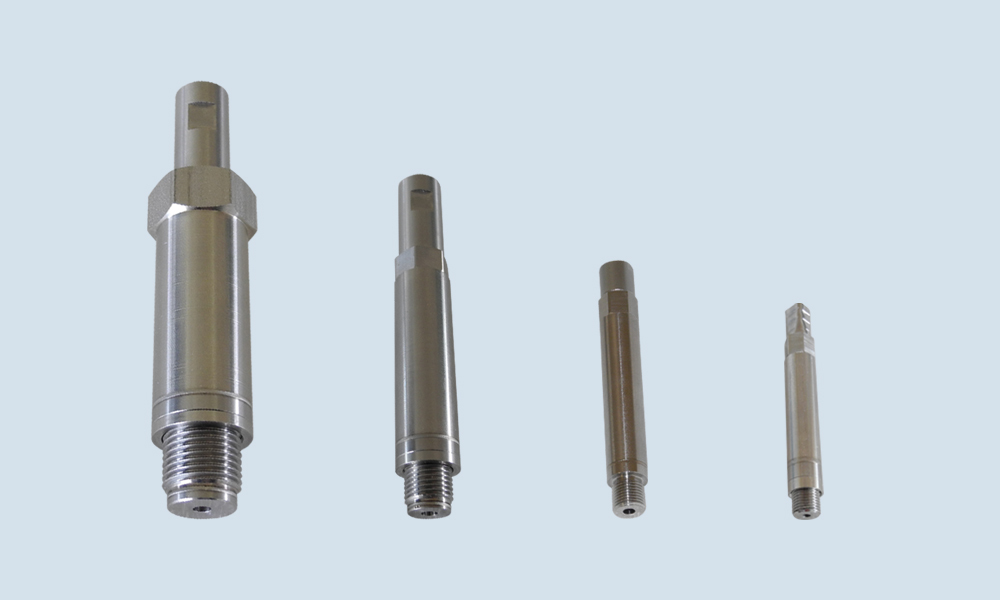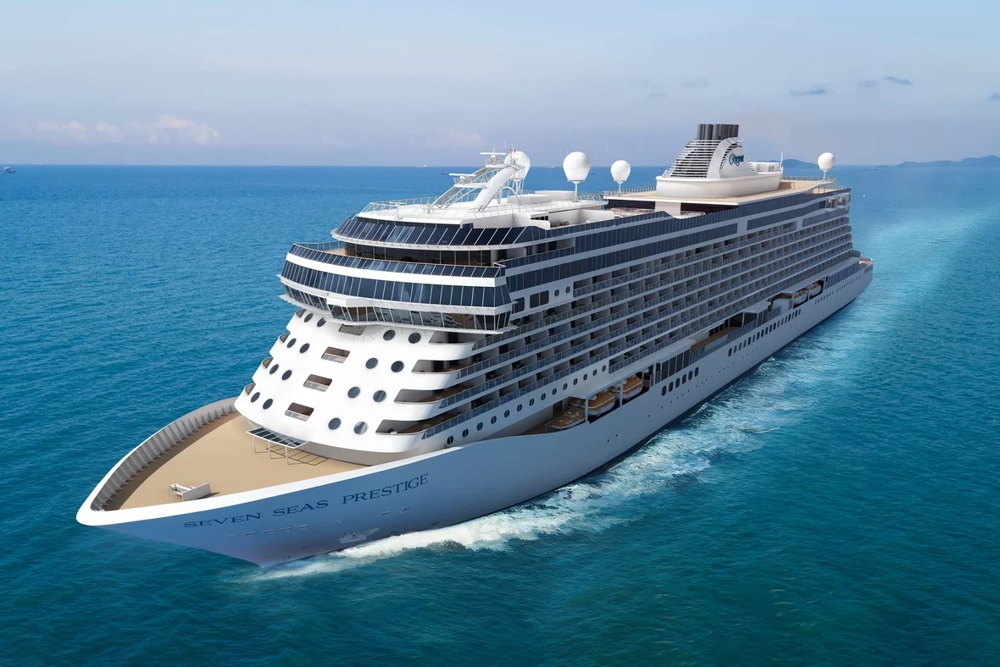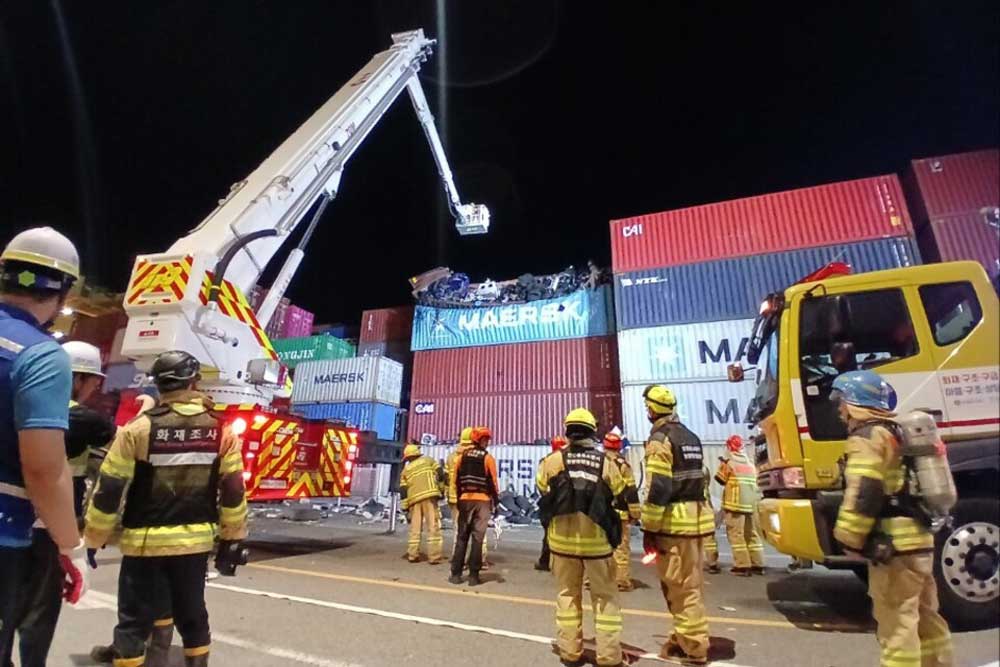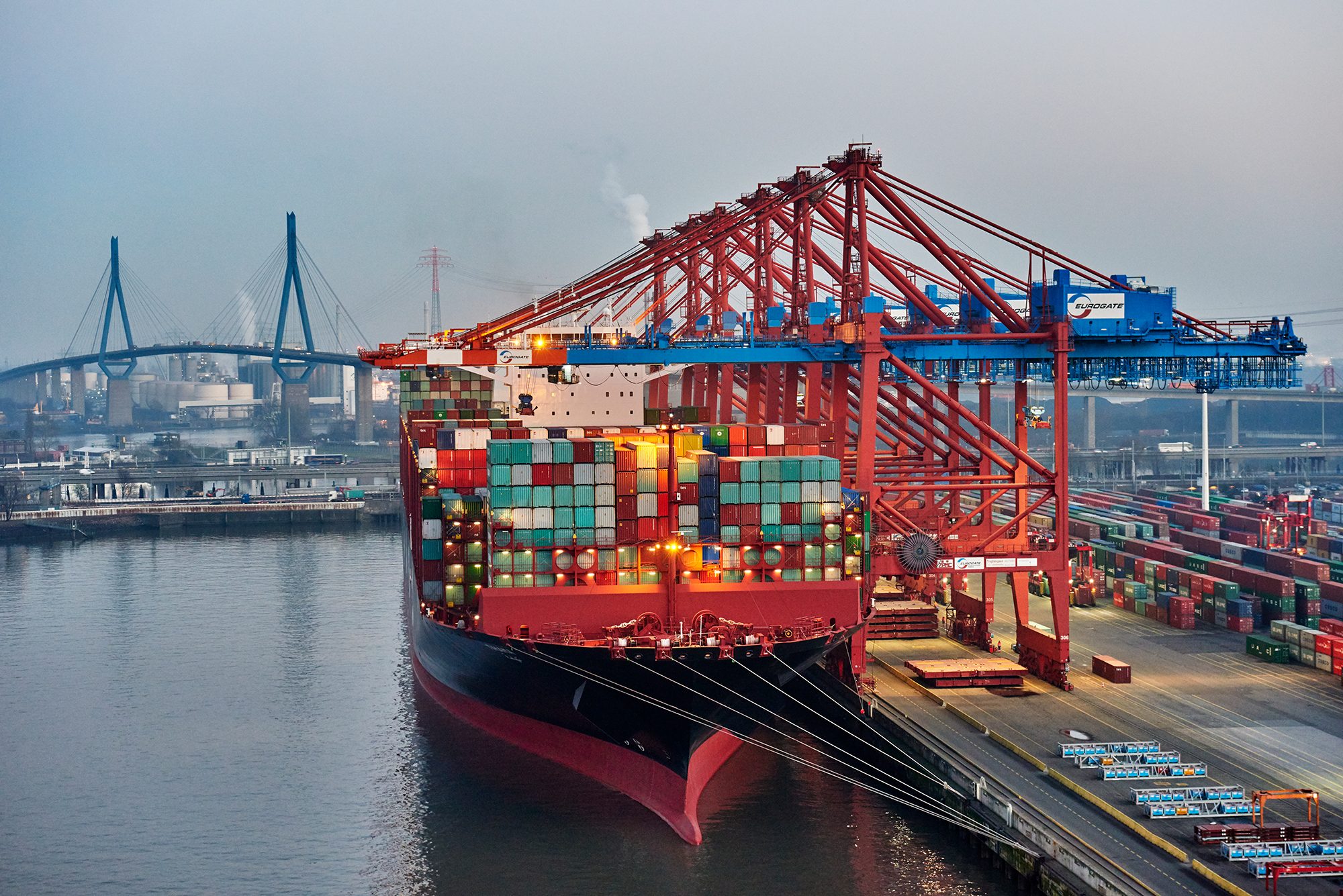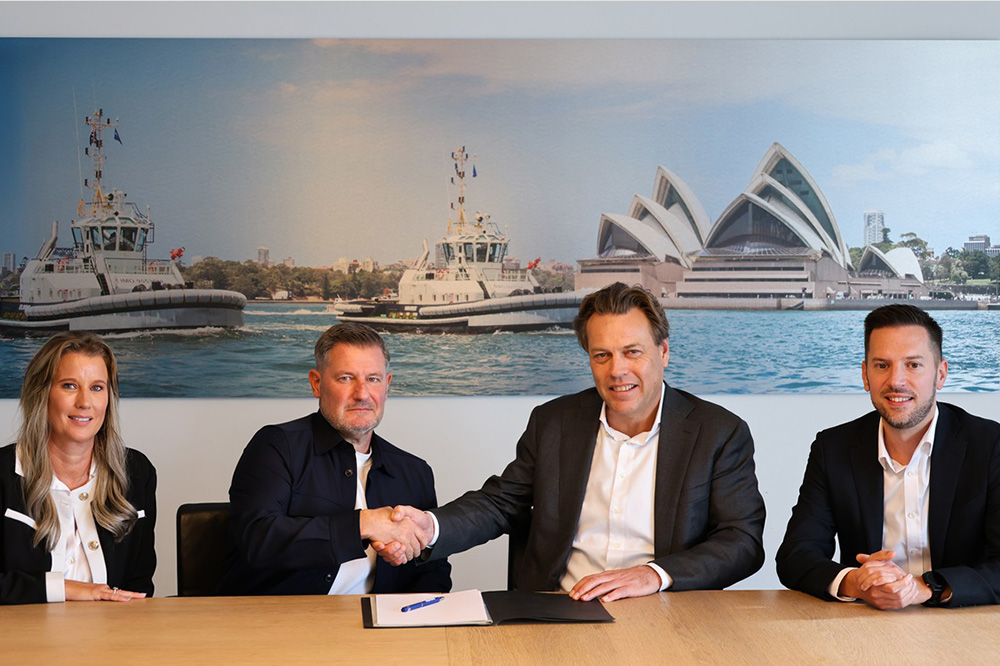The Port of Kiel had the best year in its history: new records were set with 7.89 million tons of freight and 2.82 million passengers.
There was strong growth in the key segments at the seaport of Kiel: freight volumes rose by 3.1% to 7.89 million tons. In addition, there were 1.64 million ferry passengers and almost 1.2 guests in the cruise sector (+22%). “This shows that we are well positioned for the future and our growth plans in both the passenger and freight sectors,” says Dirk Claus, Managing Director at the Port of Kiel. [ds_preview]
The Gothenburg connection remained at a high freight level (2.23 million tons) with only slight declines compared to the previous year. Single-digit volume growth was recorded on the Oslo route (843,606 tons). While low double-digit volume declines were recorded on the Baltic routes in the previous year as a result of Russia’s war in Ukraine, freight figures recovered slightly in 2023 and showed a positive trend (2.62 million tons).
The paper business also performed well, particularly in the second half of the year, closing slightly above the previous year’s result in 2022. The handling of bulk cargo, which is of particular importance to the regional construction industry due to the high demand for the ongoing construction work on the Kiel Canal, also developed promisingly.
Combined transport in the port of Kiel with losses
Combined transport in Kiel continues to be massively affected by the high investment requirements of the nationwide rail network and the resulting consequences. “Compared to the previous year, we are now seeing a steady worsening of the situation with rising prices and declining quality,” says Claus.
In 2023, a total of 21,700 combined transport units were handled in Kiel. This corresponds to a decline of 25% compared to the previous year (2022: 28,900 units). While there has been a sharp decline in CT at the Ostuferhafen, partly due to the loss of rail-related Russian traffic, the modal split on the routes to Sweden remains at over 20%.
For this year’s season, the Port of Kiel is again expecting passenger numbers of around the 1 million mark with a total of 173 ship calls (previous year: 217). The shore power supply for cruise ships will remain a key area of the cruise business. For the 2024 season, the port operator expects to supply 100 cruise ship calls with shore-side green electricity from the existing two plants for the first time.
With an expansion of services at the Ostseekai from 2025, the port will then have sufficient supply options for ships at all major ferry and cruise berths. In 2023, shore power will have been provided for almost half of all cruise and ferry calls in Kiel.
Further investments planned in the port of Kiel
In the medium term, further storage and logistics space is to be created at the Ostuferhafen. To this end, the company has now acquired 6.5 hectares of land, which will be developed step by step. With the construction of two shore power facilities with parallel supply options for up to three seagoing vessels, new RoRo ramps and the upgrading of existing areas, the highest-volume part of the port has been continuously optimized in the recent past. Over € 60 million is to be invested by 2028.












